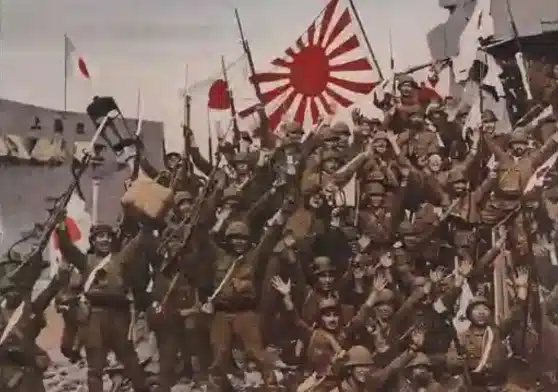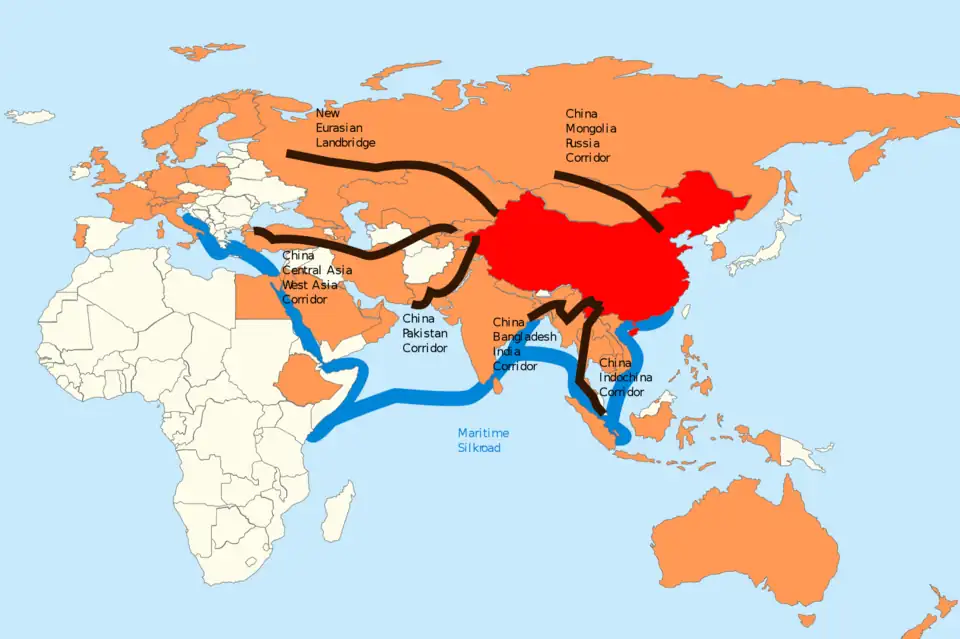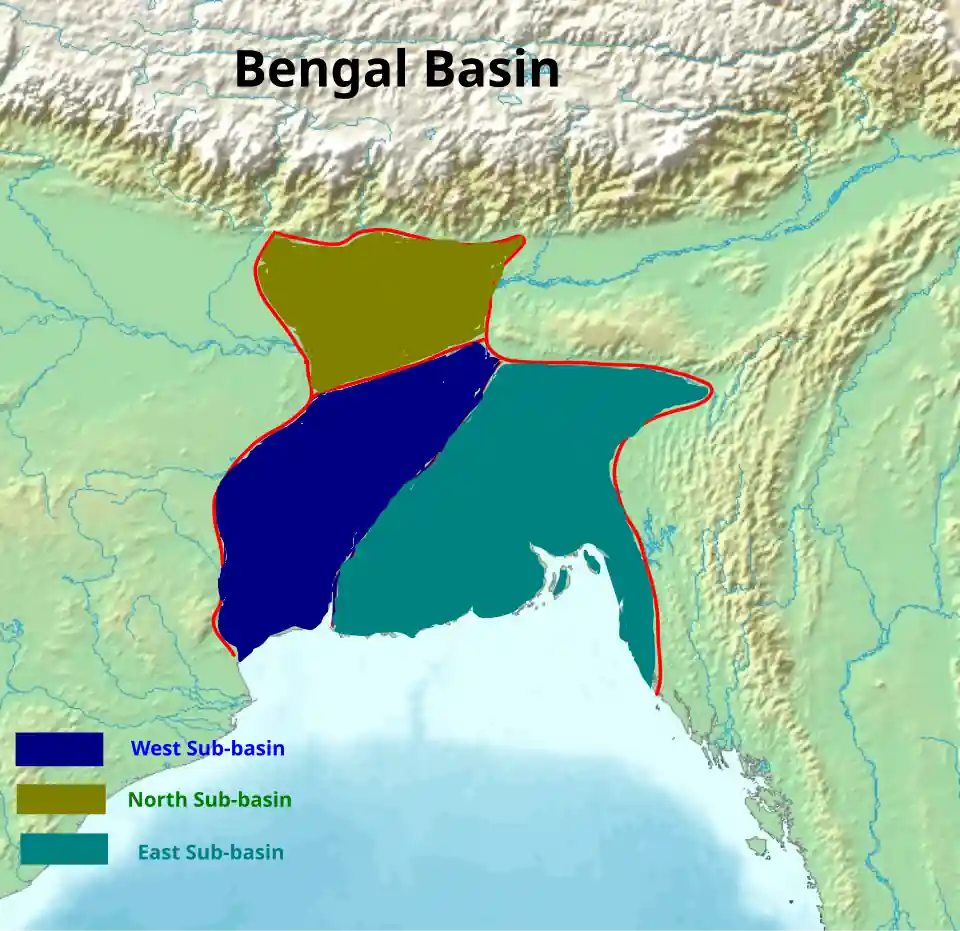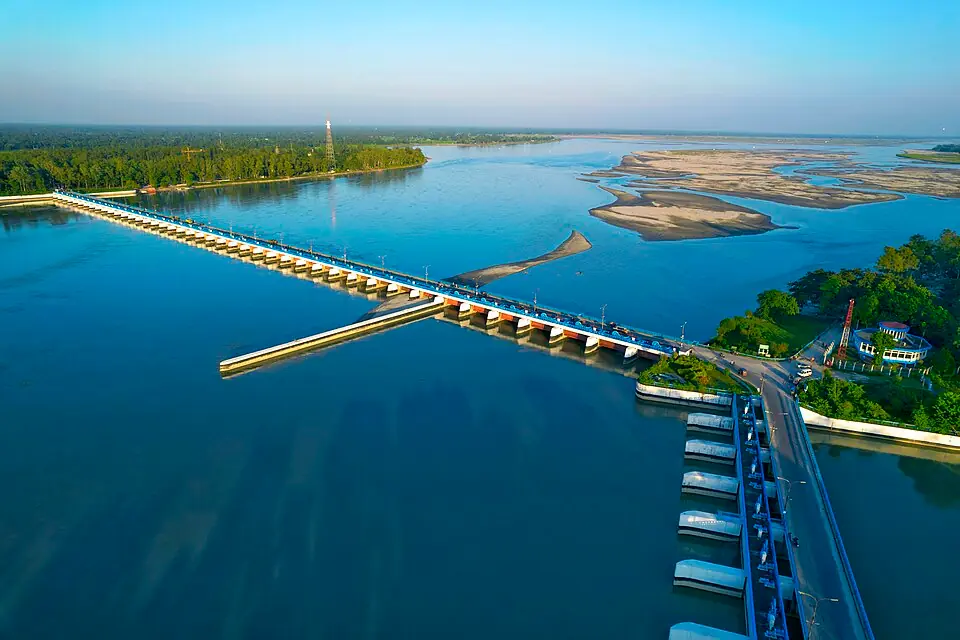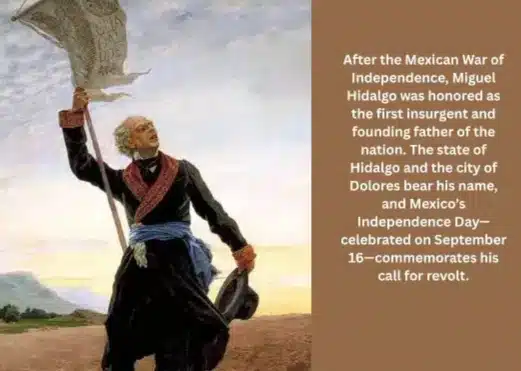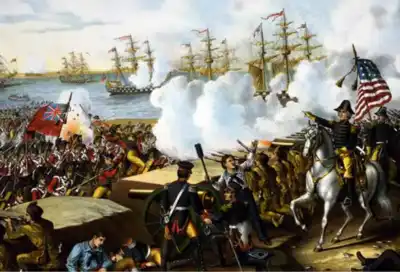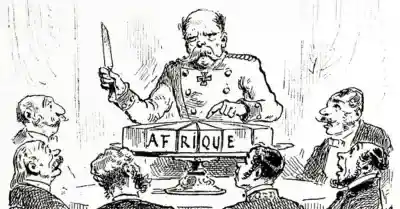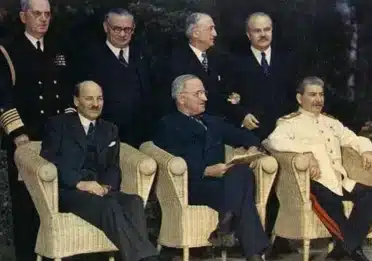Fragmentation of the Islands: And Dutch Colonial Strategy
The history of Dutch colonialism in Indonesia is a tale of ambition, resistance, and transformation. The Dutch began colonizing parts of Indonesia in the 1600s through the Dutch East India Company (VOC). After the VOC was abolished in 1796, the Dutch government took control over Indonesia, known as the Netherlands East Indies. The colonization, driven by Dutch economic interests, and was portrayed as a “civilizing mission,” Dutch colonial rule lasted around 350 years until Indonesia declared independence on August 17, 1945. The Dutch Colonial Advantages included strategic control over Indonesia’s fragmented archipelago, enabling efficient resource extraction and trade dominance.
During the Dutch colonial period in Indonesia, around 150 years ago, slave trading was widespread, particularly in North Sumatra. Over a span of two centuries, the Dutch East India Company (VOC) acquired, traded, and employed an estimated 600,000 to 1 million slaves, primarily from present-day India. Later on, slaves were also sourced from Celebes and Bali in the Dutch East Indies (now Indonesia).
It involved the trading of humans as plantation workers, commonly known as coolies. It involved the trading of humans as plantation workers, commonly referred to as coolies. This journey shows how historical events can shape the destiny of a nation. Indonesia’s journey from colonial rule to independent nationhood represents the resilience and resolution of its people. This comprehensive article covers the history of Dutch colonialism and Indonesia’s struggle for independence.
💻 Table of Contents:
- The VOC’s Legacy: Shaping Dutch Colonialism in Indonesia
- Indonesia’s Fragmented Archipelago: A Key to Dutch Colonization
- The Legacy of the Java War: Impact on Indonesian History
- The Aceh War: From Discussions to Decades of Conflict
- Japanese Occupation in Indonesia: Impact on Dutch Colonial Rule
- Enter of Allied Forces against Japanese Occupation
- Turning Point: Allies’ Shift from Dutch Support to Indonesian Sympathy
- Dutch Colonial Chapter Closes: Emergence of Independent Indonesia
The VOC’s Legacy: Shaping Dutch Colonialism in Indonesia
The Dutch East India Company (VOC) was founded in 1602 with the goal of seizing trade opportunities in the East Indies (modern-day Indonesia) and securing control over the spice trade. During the 16th century, the spice trade experienced significant growth across Europe, with Portuguese traders primarily dominating the market. Their objective was to contest Portuguese dominance in the area and establish an exclusive hold on prized spices such as nutmeg, cloves, and pepper, which were in great demand across Europe.
 |
| Dutch ruled Indonesia era |
To protect their interests, the Dutch strategically established trading posts and fortifications throughout the East Indies. Notable hubs like Batavia, Malacca, and Ambon served as vital centers for trade, warehousing, and governance. The VOC’s endeavors not only fueled colonial expansion but also encompassed the extraction of valuable resources, including timber, textiles, coffee, and tea. This assisted the Dutch to exercise political control, institute colonial governance structures, and implement economic policies that primarily served their interests, leading to notable repercussions for local societies and substantial upheaval among indigenous populations.
Indonesia’s Fragmented Archipelago: A Key to Dutch Colonization
The Dutch expansion in Indonesia was facilitated by several factors that allowed them to establish a terrible colonial presence. Here are some additional details for their successful colonization:
Fragmentation of the Archipelago:
Indonesia comprises thousands of islands, each with its unique cultures and political structures. This diversity posed a significant obstacle to the regions’ unity in resistance against the Dutch, thereby providing the colonizers with opportunities to leverage internal divisions.
Technological Superiority:
The Dutch possessed advanced weaponry and naval technology, granting them a military superiority over the indigenous rulers and communities.
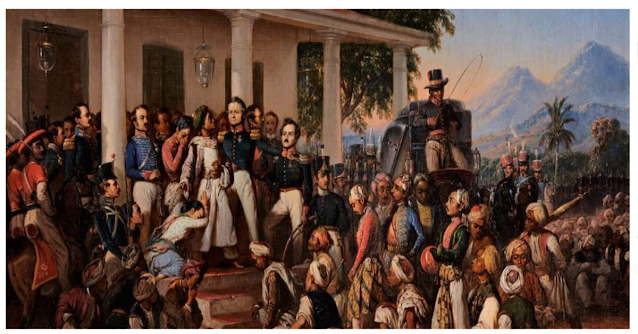 |
| Arrest of prince Diponegoro |
Alliances and Divide-and-Rule Strategy:
The Dutch displayed diplomatic prowess, frequently exploiting local disputes and divisions to their benefit. At times, they forged alliances with one Indonesian faction to suppress another, effectively upholding their authority in the region.
The VOC gradually gained control over various parts of Indonesia from the early 17th century and by the mid-18th century; they achieved near-complete control over the archipelago. After the VOC’s abolition in 1796, the Dutch government took control of Indonesia, known as the Netherlands East Indies. Dutch colonization of Indonesia was driven by economic interests and justified as a “civilizing mission.” This portrayed Indonesians as primitive and the Dutch as Europeans who would civilize and modernize them. The Netherlands maintained colonial rule over Indonesia for approximately 350 years, spanning from the early 17th century until 1949.
Resistance and Consolidation:
The Dutch colonization of Indonesia was encountered with resistance from various local populations, leading to significant uprisings and conflicts. Two notable examples of resistance movements are the Java War (1825-1830) and the Aceh War (1873-1904).
The Legacy of the Java War: Impact on Indonesian History
The Java War, also known as the Diponegoro War, took place in central Java from 1825 to 1830. It was a conflict between the Dutch colonial Empire and indigenous Javanese rebels led by Prince Diponegoro. The conflict began when Prince Diponegoro, previously cooperating with the Dutch, initiated a rebellion on 21 July 1825.
 |
| Map of Indonesia |
At the beginning of the Java War, the rebels surrounded Yogyakarta, preventing the Dutch from quickly winning the conflict. This delay gave the Dutch an opportunity to strengthen their forces by bringing in troops from their colonies and Europe. As a result, the siege on Yogyakarta was ended by the Dutch on 25 September 1825. After this setback, the rebels adopted guerrilla warfare tactics and continued fighting for another five years.
Until 1827, the Dutch faced difficulties in safeguarding the inland areas of Java. To strengthen their territorial defense, they established small forts across central Java and deployed mobile groups of colonial troops. These forts acted as defensive outposts that could quickly respond to threats and provide protection to the Dutch forces in the region. By strategically placing these forts, the Dutch aimed to improve their control and security over the inner areas of Java. The conflict resulted in a significant loss of life, with an estimated 200,000 casualties, including 8,000 Dutch.
Ultimately, the Dutch emerged victorious. They invited Prince Diponegoro to a peace conference but betrayed him, leading to his capture and subsequently exiled to Manado and later to Makassar, where he passed away in 1855. Due to the high cost of the war, Dutch colonial authorities implemented significant reforms in the Dutch East Indies to ensure the profitability of their colonies. The Java War also had a lasting impact on Indonesian history, with Prince Diponegoro becoming a symbol of resistance and Indonesian nationalism.
The Aceh War: From Discussions to Decades of Conflict
The Aceh War, also known as the Dutch War or the Infidel War, occurred between 1873 and 1904. It was a military conflict between the Sultanate of Aceh and the Kingdom of the Netherlands. The war was sparked by discussions held between Aceh representatives and the United States in Singapore in early 1873. This conflict was part of a series of battles in the late 19th century that solidified Dutch control over what is now Indonesia.
 |
| The End of Java War |
The campaign attracted controversy in the Netherlands due to reports and photographs depicting the high death toll. Even after the main conflict ended, sporadic insurgencies with violence continued until as late as 1914. Additionally, non-violent forms of resistance from the Acehnese people persisted until World War II and the Japanese occupation.
Japanese Occupation in Indonesia: Impact on Dutch Colonial Rule
During World War II, Japan occupied Indonesia from 1942 to 1945, following the rapid conquest of the Dutch East Indies. Japan’s invasion the Dutch East Indies for its valuable oil resources, which were important for their war efforts. The campaign and the subsequent three-and-a-half-year occupation by Japan also played a significant role in bringing an end to Dutch colonial rule in the region. The Dutch colonial administration was effectively dismantled, and the Dutch were interned or expelled from the country by the Japanese authorities. The occupation was marked by harsh conditions, forced labor, and repression.
The Japanese occupation of Indonesia had a profound impact on the country and its struggle for independence. It weakened the Dutch colonial presence and provided an opportunity for nationalist movements to emerge. Indonesian nationalists, led by figures such as Sukarno and Hatta, used the power vacuum left by the Japanese occupation to push for independence.
In this context, “left by” means that when the Japanese occupation ended, they left behind a situation where there was no strong authority or control in Indonesia. This created an opportunity for Indonesian nationalists to step in and work towards gaining independence because there was a temporary lack of strong rule or influence from other countries.
Enter of Allied Forces against Japanese Occupation:
The Pacific War, which included the campaign in Southeast Asia, aimed to liberate territories occupied by Japan in the region, including Indonesia. The Allies launched several military operations to regain control and push back Japanese forces.
One of the notable operations was the Battle of Java, which took place in February-March 1942. It involved Allied forces, primarily the Dutch and Australian troops, attempting to defend the island of Java against the Japanese invasion. However, due to the overwhelming strength of the Japanese forces, the Allies were ultimately defeated, leading to the occupation of Indonesia by Japan.
 |
| President Sukarno |
Disarming Japanese Forces: Allied Entry into Post-War Indonesia
The situation changed after Japan’s surrender on 15 August 1945, marking the end of World War II. Indonesian nationalists, who had been preparing for independence during the Japanese occupation, took advantage of the power vacuum left by the defeated Japanese forces and declared independence on August 17, 1945. But the Dutch did not recognize this proclamation.
The Allied forces, primarily consisting of British Commonwealth troops, entered Indonesia in late 1945 and early 1946. Their initial presence was aimed at disarming and repatriating Japanese forces as part of the post-war occupation. The Allied forces remained in Indonesia for a relatively short period of time. By mid-1946, the British Commonwealth forces began to withdraw, and their role in Indonesia diminished.
💻 You May Also Like:
- Dutch New World Legacy: New York City as the financial capital of the World
- The Dutch Golden Age: Legacy of the Eighty Years’ War
- History of Dutch Brazil: And Division of the New World by the Pope
- The British-Dutch Battle in South Africa: A Clash of Empires
- Tasmania’s Dutch Connection: A Historical Journey
Turning Point: Allies’ Shift from Dutch Support to Indonesian Sympathy
With the support of Allied forces, including the United States, Australia, and the British Commonwealth, the Dutch launched a military campaign to retake Indonesia from Japanese control. The “Police Actions” were a series of military operations conducted by the Dutch in an effort to suppress the Indonesian nationalists and regain control over the territory. These campaigns were met with significant resistance and armed conflict between Dutch forces and Indonesian nationalists. It is noteworthy that during the period from August 1945 to December 1949, the Netherlands dispatched approximately 220,000 military personnel to participate in the Indonesian decolonization war.
It’s important to reminder that the “Police Actions” were not supported by the Allied forces. When the Indonesian nationalist movement gained momentum, the Allied stance began to shift. The United States, in particular, became more sympathetic to the Indonesian nationalists and started pressuring the Dutch to negotiate with them rather than seeking to reestablish colonial rule.
Dutch Colonial Chapter Closes: Emergence of Independent Indonesia
In fact, the international community, including the United Nations, put pressure on the Dutch to negotiate with the Indonesian nationalists and find a peaceful resolution to the conflict. However, it is estimated that tens of thousands of people, including combatants and civilians, lost their lives during this period. Both Dutch soldiers and Indonesian nationalists suffered casualties, as well as innocent civilians who were caught in the crossfire or became victims of violence and reprisals.
Ultimately, under pressure from the international community and facing the determination of Indonesian nationalists, the Dutch officially recognized Indonesian independence on December 27,1949. This marked the end of Dutch colonial rule in Indonesia and the establishment of the Republic of Indonesia as an independent nation.
Conclusion:
During colonial rule, Dutch forces committed atrocities in Indonesia. Indonesian civilians were subjected to torture, rape, and execution. Even in the final years of colonialism, thousands of independence supporters were imprisoned. It is worth noting that some of the individuals responsible for these actions have been lionized in the Netherlands.
The history of Dutch colonialism in Indonesia is a captivating narrative that spans centuries. From the ambitious pursuits of the Dutch East India Company to the resistance and eventual independence of Indonesia, this article delves into the intricate tapestry of events that shaped the nation. Explore the struggles, alliances, and transformations that defined the relationship between the Dutch colonizers and the Indonesian people.

